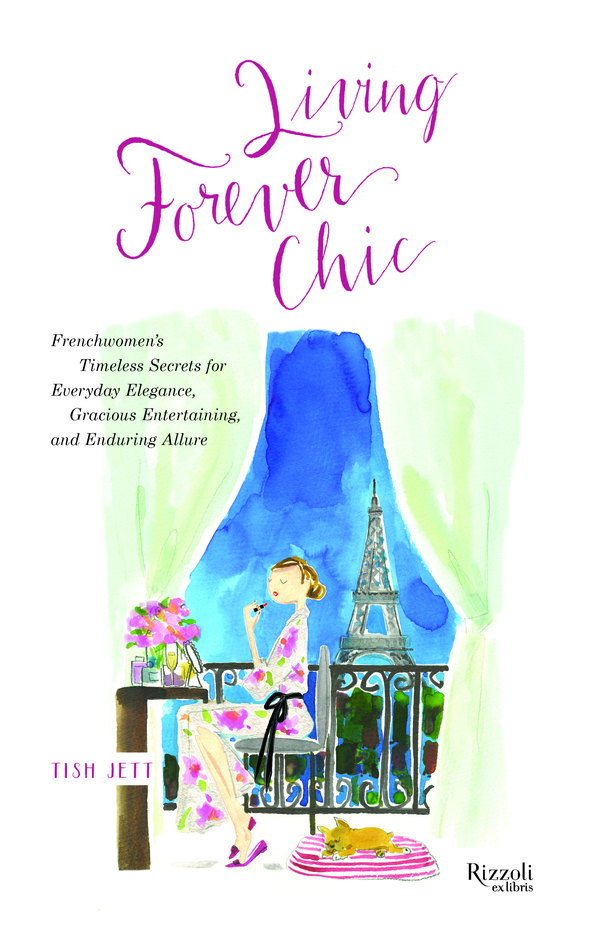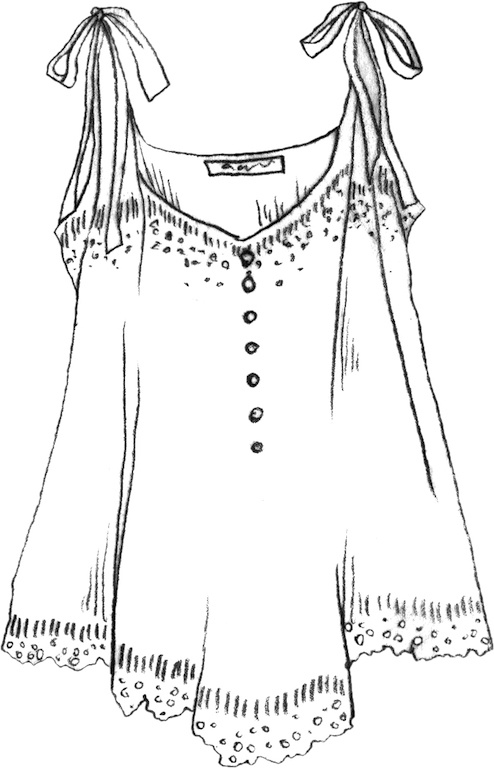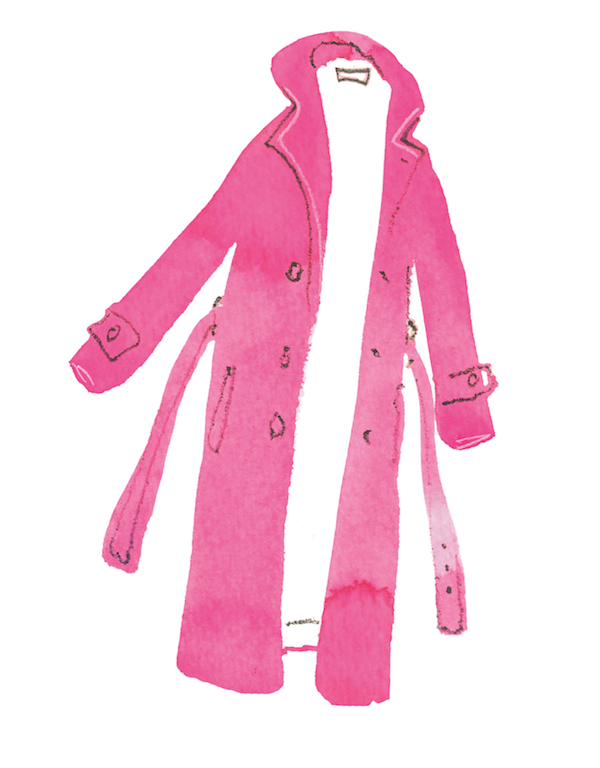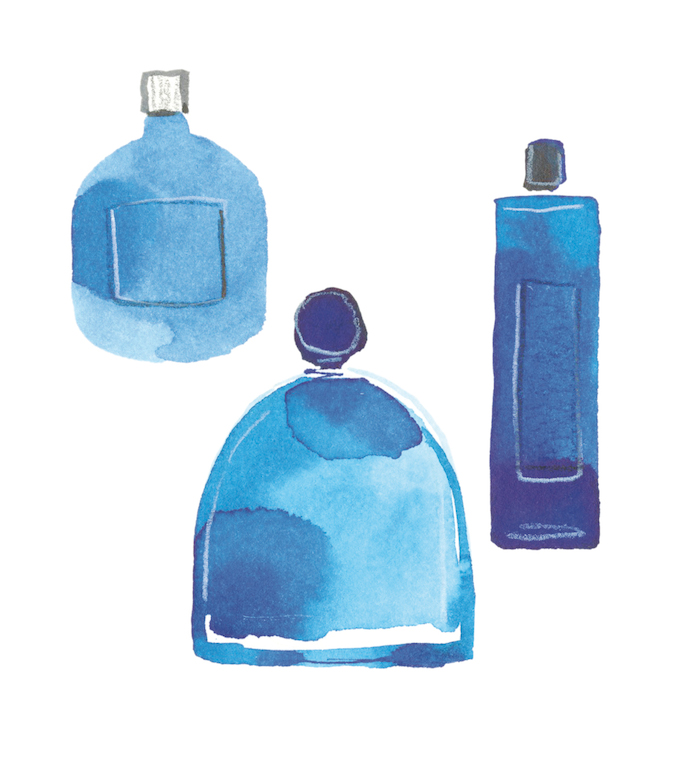
BY JUDY CARMACK BROSS
Germaine de Stael, the renowned 18th century French intellectual, has one of the best reflections on civility: ‘Politeness is the art of choosing among your thoughts.’ —Tish Jett, former style editor of the International Herald Tribune and American Elle in Paris

Tish Jett.
Former Chicago fashion journalist Tish Jett has studied impossibly chic French women of a certain age for decades, sharing their style and beauty secrets in the best-selling Forever Chic. She recently returned to Chicago to speak at the Alliance Française on her newest book, Living Forever Chic: Frenchwomen’s Timeless Secrets for Everyday Elegance, Gracious Entertaining, and Enduring Allure, just published by Rizzoli ex libris.

Forever Chic.
Before she headed off to New York to continue her book tour, Tish told us a little bit about her connection to the Windy City . . . :
“Years before we moved to France and I was the Paris correspondent for the Chicago Tribune, I was the Midwest bureau chief for Women’s Wear Daily and W in Chicago. It was an absolutely wonderful part of my life, both personally and professionally.
“My daughter, Andrea, who now heads the French-American Chamber of Commerce in Chicago, attended preschool at Francis W. Parker. At the same time, I was a volunteer at the Lincoln Park Zoo, which I adored. The best part was feeding the baby animals.”
. . . and also how to create that special sensation of feeling good in one’s skin that seems so quintessentially Parisian:
“Over my many years of living in France and observing its women, I’ve learned how even the smallest attention to detail makes an enormous difference in the pleasure and beauty we can bring into our daily lives. I’ve found in emulating the remarkable discipline of my French friends and acquaintances apply to their lives, those small daily habits of taking good care of themselves and their homes, contentment and a peaceful sense of joy result.”
We had fun learning about some of the favorite French superstitions in Tish’s book, including:
- Bread must never be placed upside down on a table because this was the way bread was given by the boulangers to executioners during the Ancien Regime.
- At midnight, upon the passage of Christmas Eve to Christmas Day, open the doors and windows to let all the bad spirits out of the house.
- If you break a crystal glass good luck will follow (perhaps not in the opinion of the person who owned the glass).
And even more fun asking Tish to share her research:
For your book you interviewed Parisians who are not only fascinating fashion icons but also those with savoir faire in multiple professions. Tell me a little more about Dior’s Doris Brynner who was Audrey Hepburn’s best friend.
Doris is utterly charming. She was one of my absolute favorite interviews. The former French culture minister, Frédéric Mitterrand, referred to her as a ‘symbol of chic.’ And that, she is.
As I said in my book, when you meet her you wish she were your best friend. She is warm, direct, and fun. She shared personal stories with me that flowed naturally in our hours-long conversation. Many never made it into the book, and one was so touching that I began to cry. (That was a first in all my years as a journalist.)
Until recently, as you no doubt know, she was the director of Maison Dior, where she infused the classic emporium’s wares with her celebrated reputation for audacious creatively and impeccable taste. She made seemingly banal materials exquisitely elegant by imagining rattan chargers beneath precious porcelain plates, for example.
My favorite quote from her was her definition of l’art de vivre as a way ‘to live the best way you can within your means, wherever you are.’
‘L’art de vivre has nothing to do with luxury or money,’ she added. ‘It’s a way of treating everyone in the same way, of making people feel comfortable. I cannot stand chichi. It’s important to be relaxed, to not be stiff and artificial’
And this advice came from the woman who was once married to Yul Brynner; was best friends with Audrey Hepburn, who was her daughter’s godmother; and has spent her life in some of the most glamorous places in the world with some of the most glamorous and interesting people in the world.
Tell me just a little more about the French compliment “I love you in that dress” that seems to say so much.
I think ‘I love you in that dress’ says a great deal about a Frenchwoman’s confidence in her personal style. She doesn’t feel the need that many of us do to constantly wear something new and different. She seems to intrinsically understand that when she has found the perfect little dress that makes her feel comfortable and confident she projects an aura of nonchalant elegance.
She probably changes her accessories but slipping in to her chic dress makes her feel bien dans sa peau (good about herself) and she appreciates the compliments from her friends. Wouldn’t we all?

When you were growing up, did your family have an interest in all things French?
In some ways, yes, because on my father’s side of the family, we were French. My maiden name is Granger.
Beyond that I can’t say that our day-to-day life was influenced by French culture, though my mother imbued our life with lovely details that now seem very French to me, like flowers throughout the house and a beautifully set dinner table with candles every evening. (She was, however, an uninspired cook, so I can definitely say that French food had not entered into my life growing up.)
You write about the French emphasis on respect, discretion, and kindness. How do these tenets best triumph in daily life?
Truly, if we could all live by these simple principles, wouldn’t life be infinitely more pleasant and fulfilling?
It’s not complicated, nor difficult, to show kindness to others and to choose good manners over rudeness. I think it makes us better human beings and it certainly shows others that we respect them.
In my book I interviewed Albane de Maigret, an expert on les bonnes manières, who emphasized the point that ‘respect and savoir faire are essential components in a civilized life.’
She then added, ‘It’s not because we are with our families that we should fall into negligence and disrespect.’
Is there a celebrity, in your mind, who incorporates that incredible description “forever chic”?
You will have to forgive me for this answer. I find it difficult these days to name a celebrity who is forever chic because it seems most of them are being dressed by professional stylists, so who knows really what they would wear or how they would put themselves together without guidance.
Mathilde Favier, the director of VIP public relations for Dior, helps dress some of the most photographed celebrities in the world, but I would rather look at her way of dressing. Granted, she has access to some of the most beautiful clothes and accessories in the world, but it’s her personal style that transforms what she wears into something special whether she’s wearing a pair of jeans and a simple pullover or a glamorous evening frock.

You may think this is an odd observation or even a cliché, but I often find the most interestingly dressed women, of all ages, are still on the streets of Paris.
[Editors note: We loved a hint from one truly chic Parisienne who noted that the most important article needed in your wardrobe is a good navy sweater.]
Moving from fashion to forests, tell us about living in Rambouillet.
It’s simply beautiful. We live in the midst of one of the most glorious regions in France and best of all we can drive from our house to the center of Paris in 45 minutes. For me this is the best of both worlds, the countryside and Paris. What could be more perfect?
Tish’s daughter Andrea Jett Fletcher, currently planning the French-American Chamber of Commerce Gala on November 15, conducted a dialogue with her mother at the recent sold-out Alliance Française event. Andrea commented:
“The questions the audience asked were terrific, and there was much focus on some cultural differences, including why French people seem to choose a personal style and stick to it rather than making changes as Americans do.
“My mother also pointed out that French mothers seem to start when their daughters are 20 or even younger talking about ways to take the best care of your skin and body, probably at a younger age than American mothers.”

In addition to matters of personal style, Tish describes in her book how to make homemade potpourri and seasonal bouquets based on the flowers in her Rambouillet garden, shares wine pairing selections from a two-star Michelin chef in Provence, and the delight of mixing “styles and eras, high and low” in table settings. While throwing a perfectly romantic French dinner party, why not try her recipe for Autumnal Cepe and Mushroom Soup, which feels perfect for right now? Here’s how:
Ingredients
1tsp olive oil
2 oz onions, finely sliced or chopped (I use yellow onions)
1 ¾ oz leeks, white part only, split lengthwise and sliced into ½-inch pieces
6 ½ oz fresh cepes (porcini mushrooms), wiped and roughly chopped, or 3 ½ dried cepes soaked in water for 20 minutes, then squeezed and chopped, water reserved; or 6 ½ oz frozen cepes
4 ½ oz white button mushrooms of choice, wiped and quartered
1 ½ cups chicken stock, homemade or from a bouillon cube
1 ½ cups 2 percent milk
4 thinly sliced cepes or mushrooms of choice, grilled or roasted briefly, for garnish
Salt and pepper (optional)
Sprinkling of fresh finely chopped herbs such as chervil, flat-leaf parsley or chives for garnish (optional)
Instructions
- Heat olive oil in a saucepan over a gentle heat. Add onions and leeks and sweat them, covered, for about 2 minutes or until they have softened without coloring. Add cepes and button mushrooms with salt and pepper because you will season again after reducing the liquid.
- Stir in chicken stock. Bring liquid to a boil, lower heat, cover saucepan, and simmer gently for 30 minutes.
- Remove saucepan from the heat and, when the mixture is cool enough to handle, ladle it into a food processor and blend to a smooth puree. Meanwhile, bring milk to a simmer in a saucepan. Combine mushroom puree and milk, stirring to mix. For extra smoothness, or if leek fibers are present, pass soup through a fine sieve. Adjust seasoning for taste if soup is not hot enough to serve, reheat gently in a saucepan without allowing it to boil.
- To serve, transfer soup to warm serving bowls or individual tureens, then garish as desired.
Chef’s Tip: If you used dried cepes, the soaking liquid may be used to replace an equivalent quantity of stock.
Bon appetit!
Living Forever Chic illustrations used with permission from Rizzoli USA.







